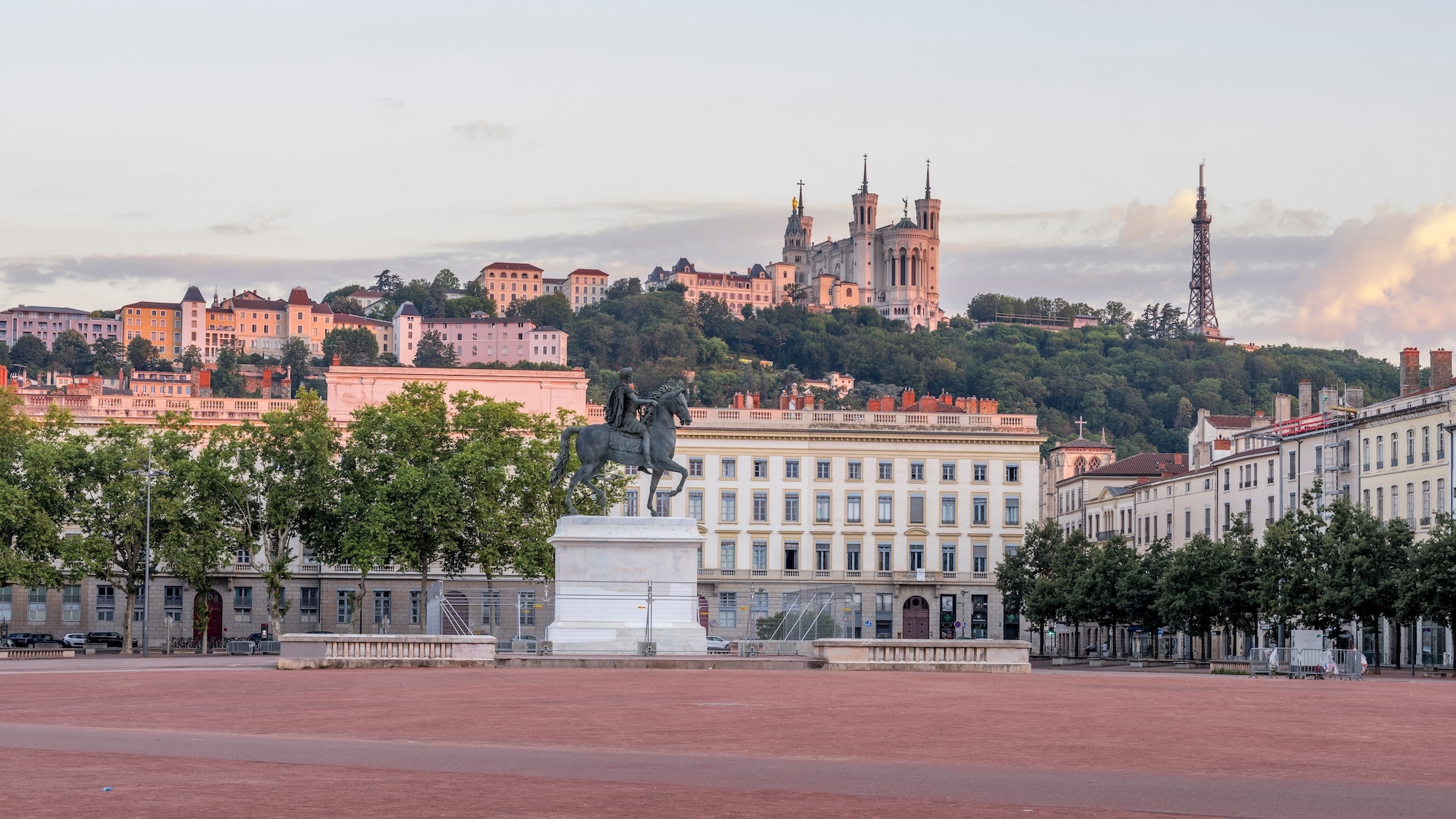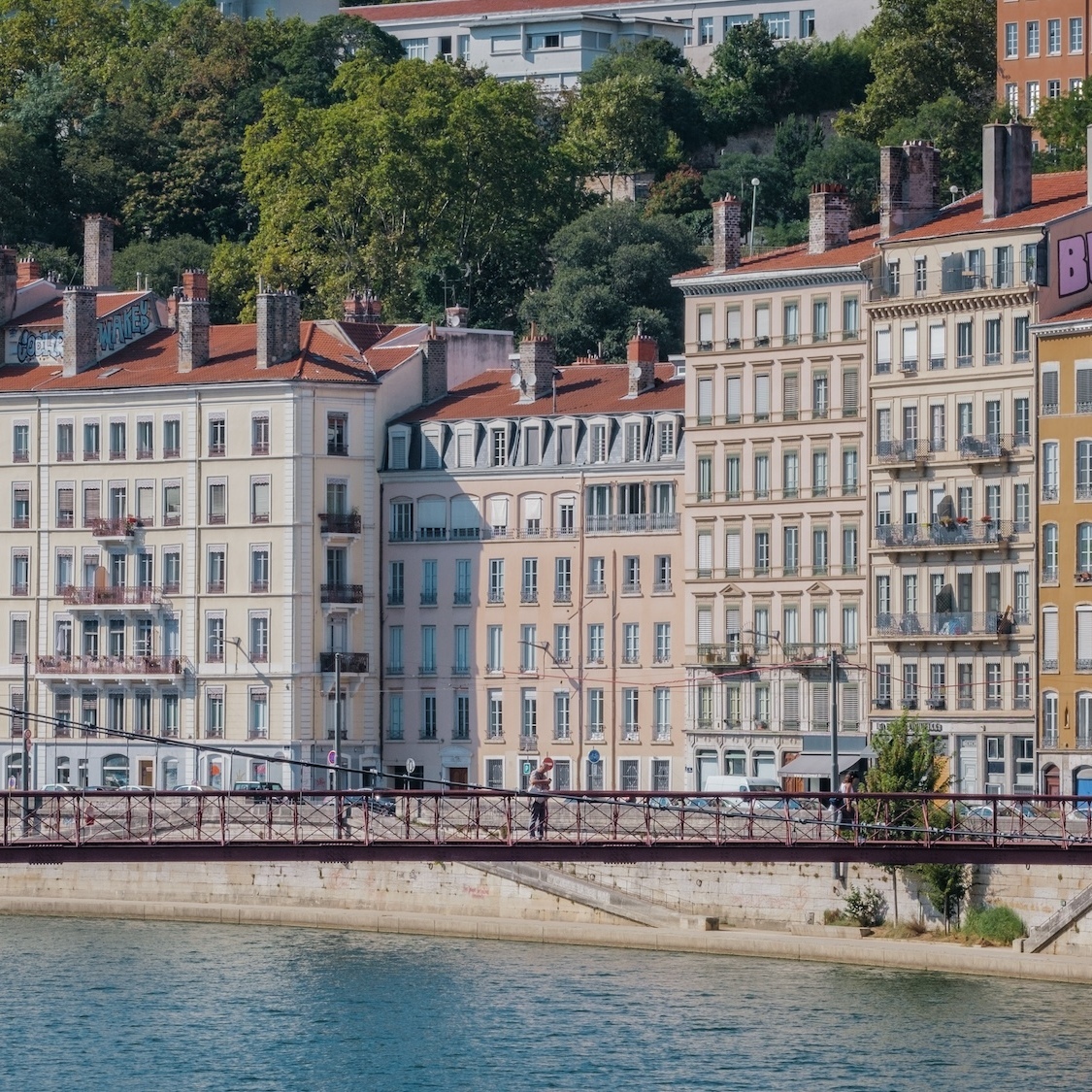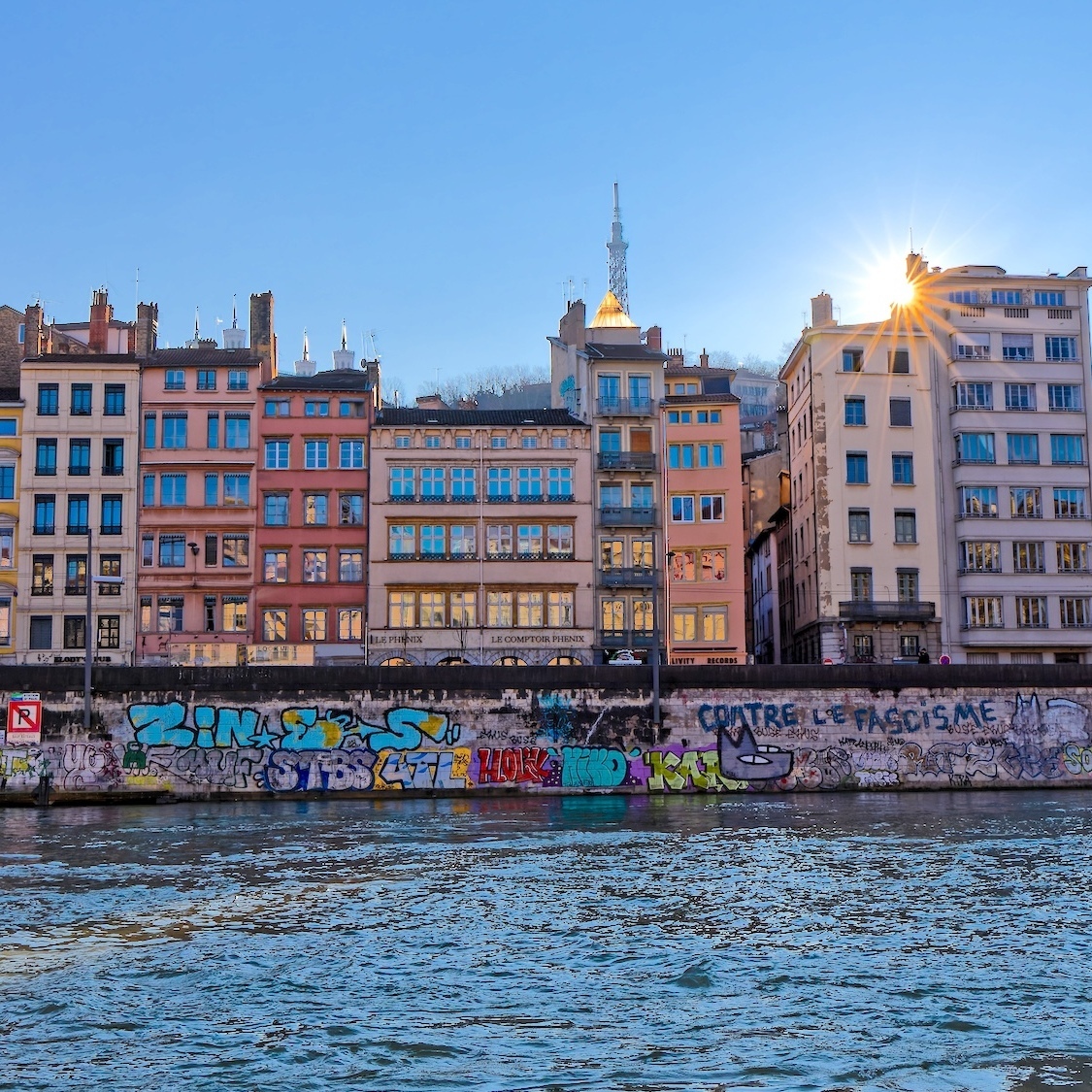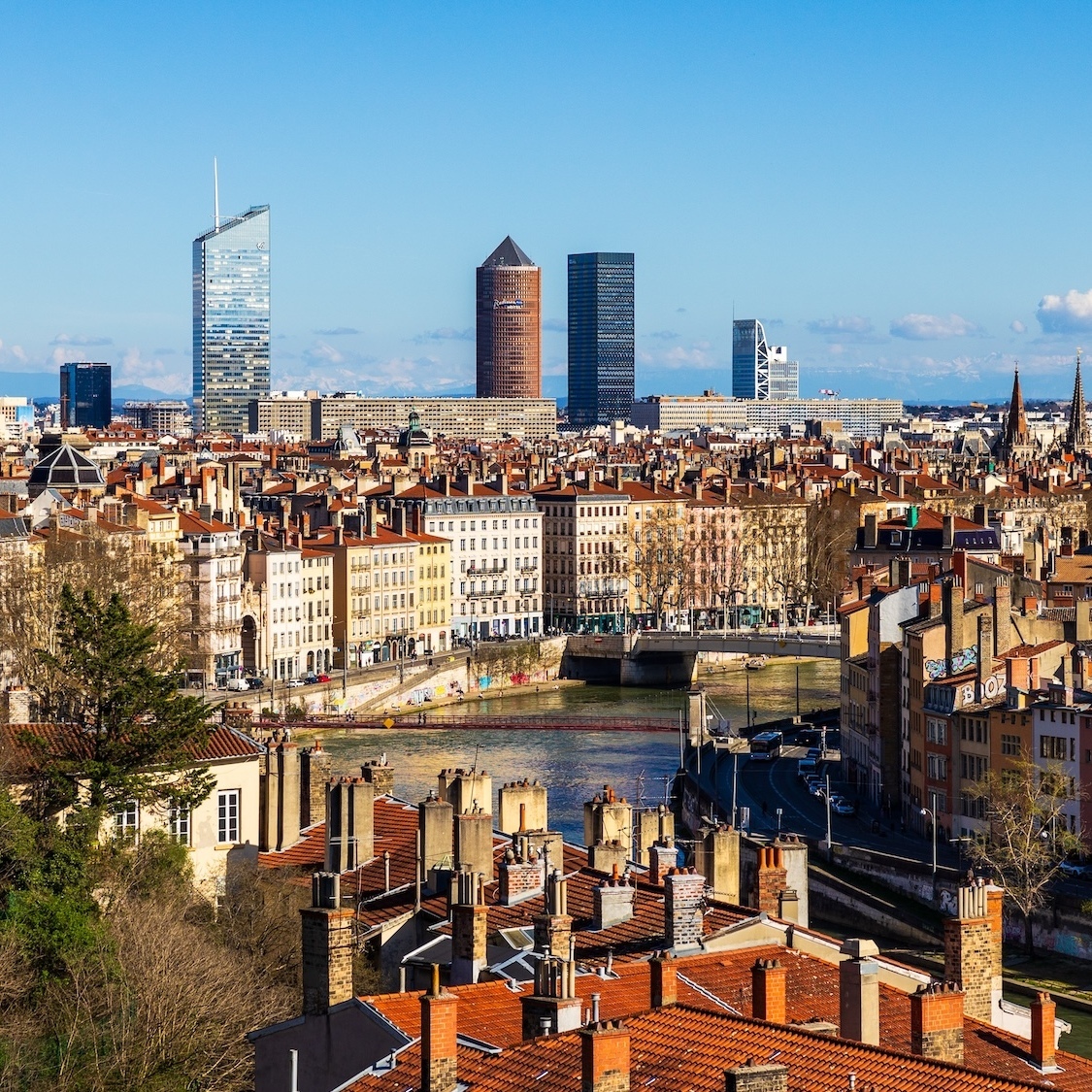With only 9,000 residents difference between Lyon and Toulouse, the Rose City could grab the third spot among the most populated cities in France in just two years. Meanwhile, Lyon, despite its stature, is seeing its demographic growth stall: from 2016 to 2022, it gained only 5,079 inhabitants, a significant slowdown compared to previous decades.
The suburbs, the new demographic star
But where have the Lyonnais gone? Simply to the suburbs! The Rhône and the Lyon Metropolis continue to attract new residents. Saint-Priest, Meyzieu, Décines… These towns are experiencing a lovely growth, offering a calmer (and often more affordable) living environment compared to the hyper-central area of Lyon.
And Villeurbanne? The city confirms its demographic boom by becoming the third largest city in Auvergne-Rhône-Alpes, behind Lyon and Saint-Étienne, but ahead of Grenoble, with 162,207 inhabitants in 2022 (up from 149,019 in 2016).
The Auvergne-Rhône-Alpes region remains attractive
Despite this slowdown in Lyon, the Auvergne-Rhône-Alpes region continues to grow, reaching 8.16 million inhabitants in 2022. Admittedly, the pace has slowed down: between 2016 and 2022, we recorded 41,000 new residents each year, compared to 57,000 per year between 2011 and 2016. However, the region maintains its position as the second most populated region in France, far behind Île-de-France.
Could this trend signal the beginning of a redefinition of Lyon's appeal? With rethought urban planning, quality of life, and rising living costs, the demographic dynamics of the capital of the Gauls seem to be at a turning point.



